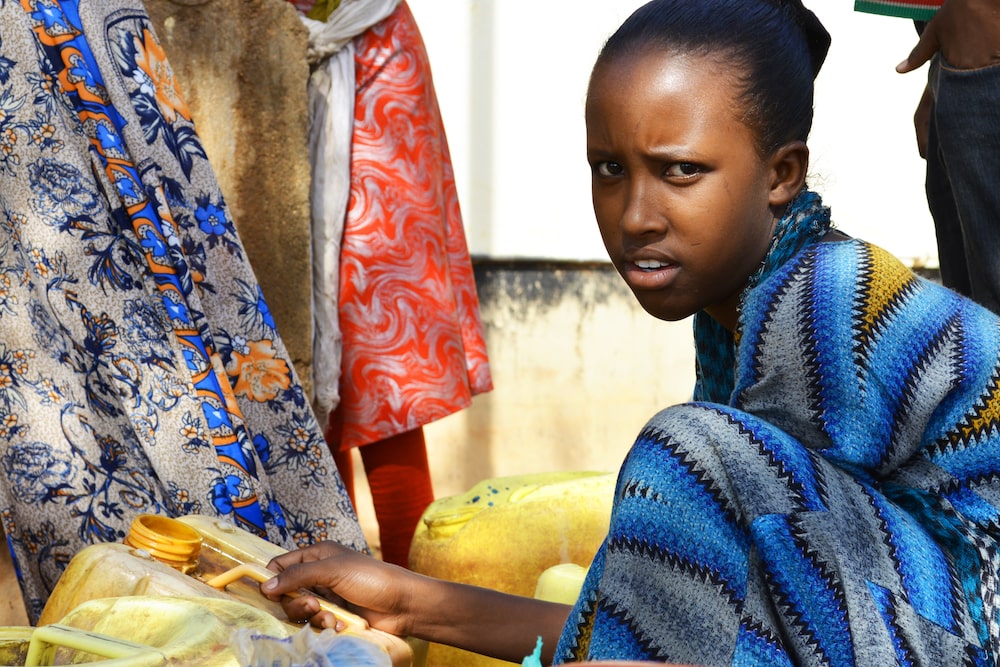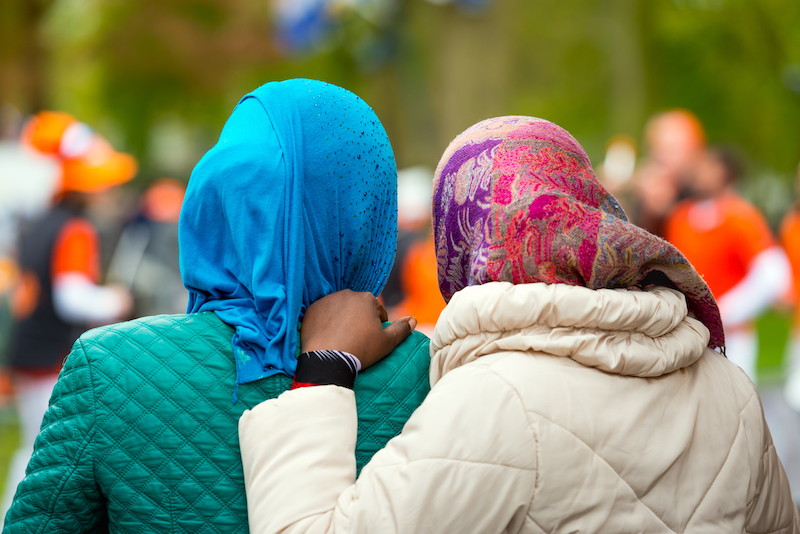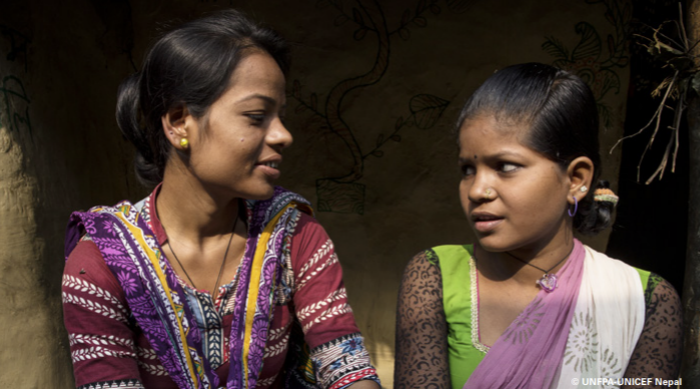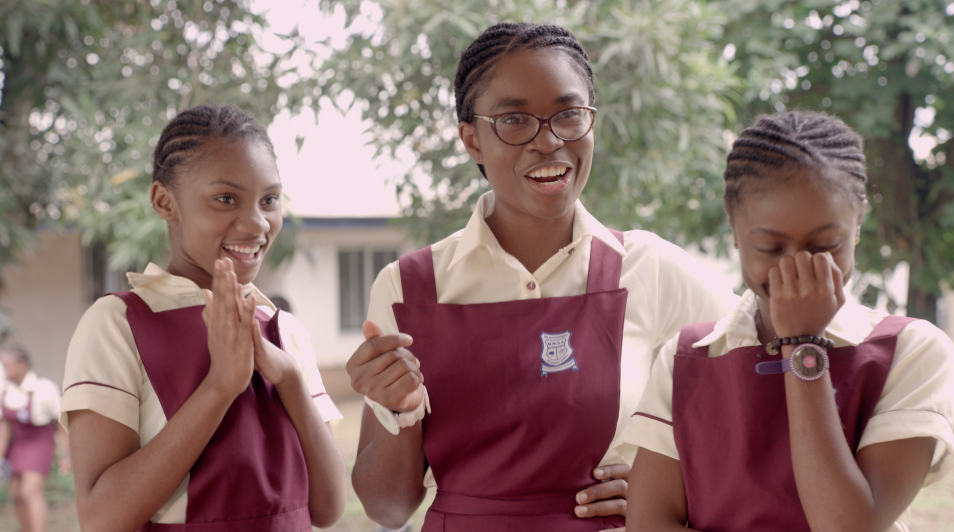
Adolescent girls are particularly vulnerable to violence. They continue to face the same violence that younger children do—such as corporal punishment, sexual abuse in the family, and violence at school. They also experience types of violence common to adult women, such as intimate partner violence, sexual assault, and sexual harassment. The risk is exacerbated in the context of humanitarian emergencies or settings.
The World Health Organization estimates that one in four young women (aged 15 to 24) who have been in a relationship will have already experienced violence by an intimate partner by the time they reach their mid-twenties. Perpetration of non-partner sexual violence also usually starts in adolescence.
As a result, adolescent girls can fall through the cracks, as prevention and response efforts fail to address their unique circumstances. Adolescent girls face multiple barriers, including:
- A lack of knowledge of their rights
- Fear and experience of stigma
- Not being believed
- Being blamed for their experience
- Lack of youth-friendly services
- More limited power and voice than adult women
In this important developmental period, girls and boys become more aware of gender norms and begin to experiment with intimate relationships. Some evidence of successful programming exists, but a more explicit focus on adolescent girls is needed, particularly on multiple forms of violence (poly-victimisation).


Violence against Adolescent Girls: Falling through the Cracks?

GBV against Adolescent Girls in Humanitarian Settings: A Review of the Evidence

Mechanisms for the prevention of adolescent IPV in low- and middle-income countries

Gender Dimensions of Violence against Children and Adolescents

